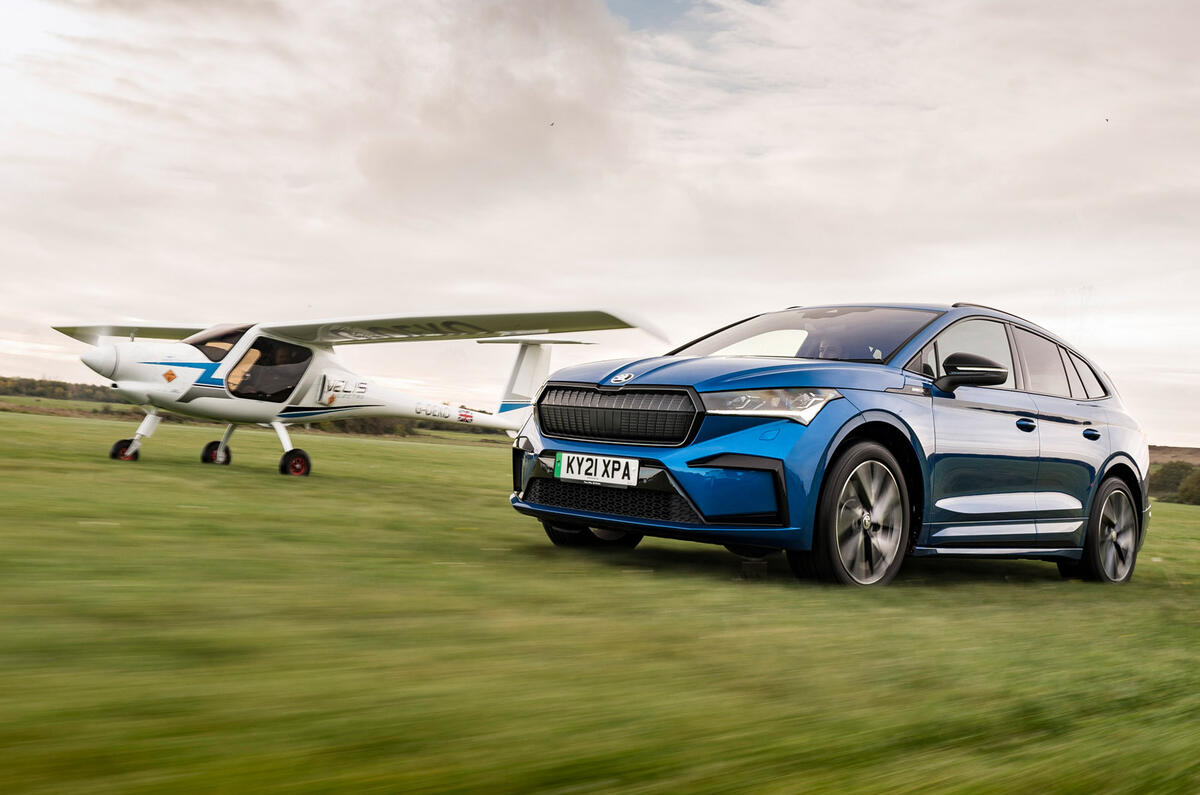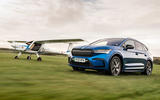In my youth, I was always running out of petrol – a combination of being too tight to brim the tank and an addiction to gauge gambling.
I’ve grown out of it now. I can’t be bothered with the hassle or the reaction from my wife when the engine starts to splutter. But there’s another reason for this more mature attitude to fuel quantity, and that’s because 16 years ago I learned to fly. Early on in my flying career, I very nearly ran out of petrol while flying over mountains in Wales. I’ve never been so frightened or so relieved to be back on the ground.
Ever since, I’ve been anal about always having plenty of reserve. My aeroplane has a fuel capacity of 160 litres, which, assuming there isn’t a headwind and I select an economical power setting, will get me from London to Cannes in one hit. If it looks like I won’t have enough fuel for another 45 minutes of flying when I arrive, I will stop to refuel. That’s my rule.
This new-found super-awareness is well timed, because my road testing life these days involves regularly driving EVs. Early on in the electric revolution, I did run out of juice – in a Mitsubishi i-MiEV that turned out to have a range of less than 25 miles on a freezing-cold day. I had to be towed home behind a Ford Transit. A lesson learned, and since that day I’ve not come close to whirring to a stop – partly due to my new maturity, partly because today’s EVs have pretty good range and, more importantly, ever more accurate range prediction.
Today’s EV is a Skoda Enyaq iV. It has a 77kWh battery and an official range of 333 miles. So there’s no excuse for being stranded or, despite the UK’s poor charging network, cause for range anxiety. My task, however, has potential for terror, not just anxiety, as I’m having my first flight in an electric aeroplane. I’m not sure I understand the link between an electric family car and a similarly powered aircraft, but someone at Skoda thought it a good idea to organise an event at which journalists would drive an Enyaq and then transfer into a Pipistrel Velis Electro.

















































Join the debate
Add your comment
Surely Hydrogen is going to be the only way to sustain an air transport system in a Green world, battery/electric is never going to be viable.
Theres isnt going to be substantial increases in battery capacity for aviation. The cars can run out of charge and be fine. A Plane will crash which is why much higher standards apply for aviation certification. The critical factor to consider is more weight of batteries increases drag in a plane which doesnt happen in a car which is why this barely useful 2 seater had to lose some weight from its av-gas cousin to even make its current capability.
Why would more weight increase drag.
Pretty good first attempt IMHO. Certainly must be nicey, quieter, cheaper to fly. Probably less likely to break down too